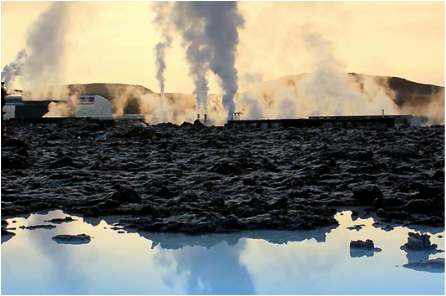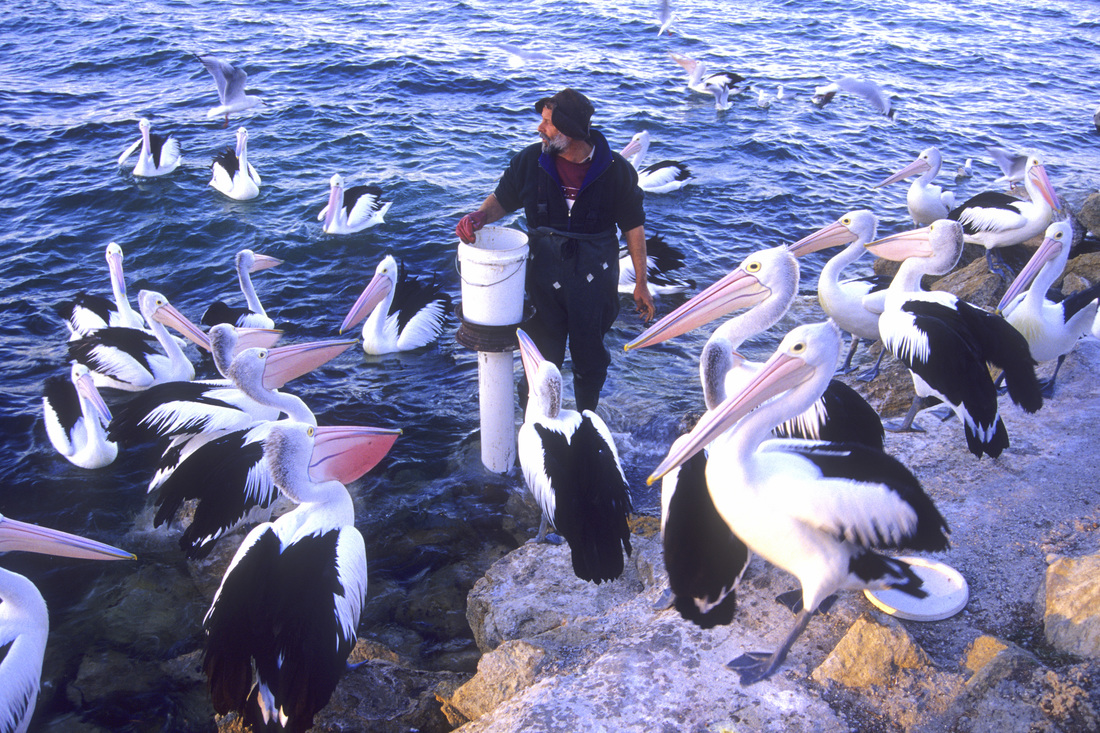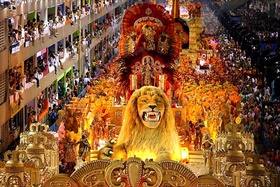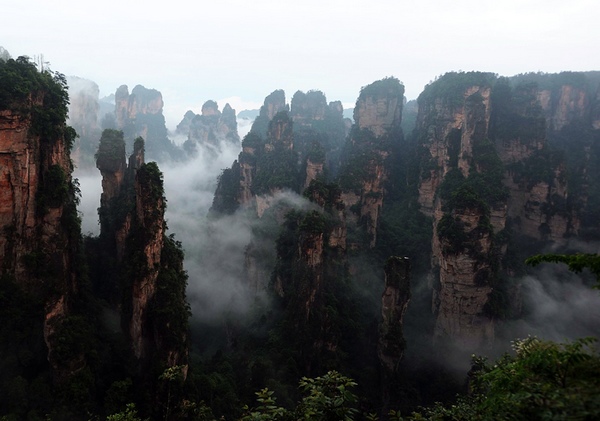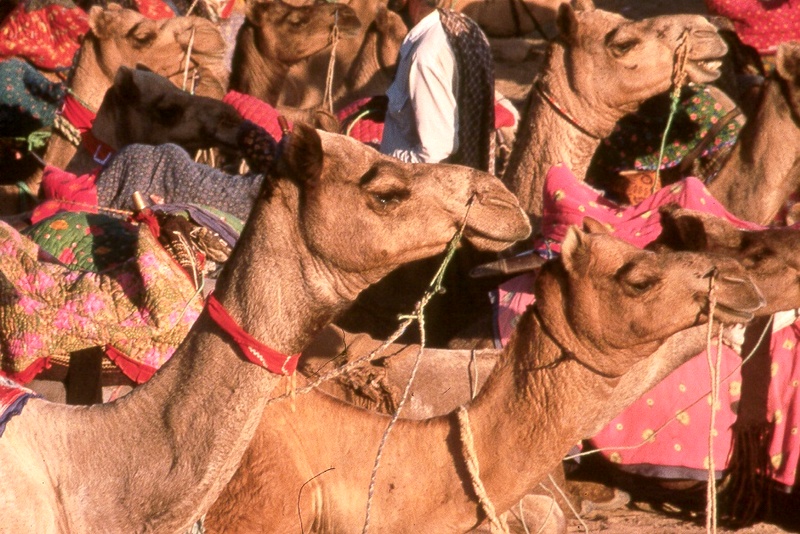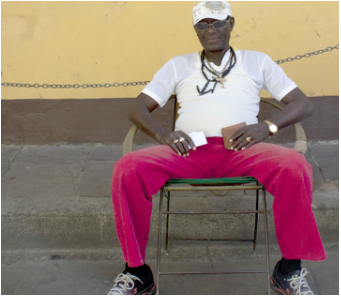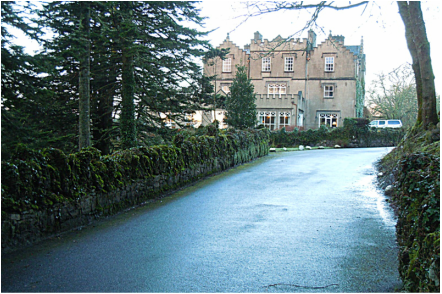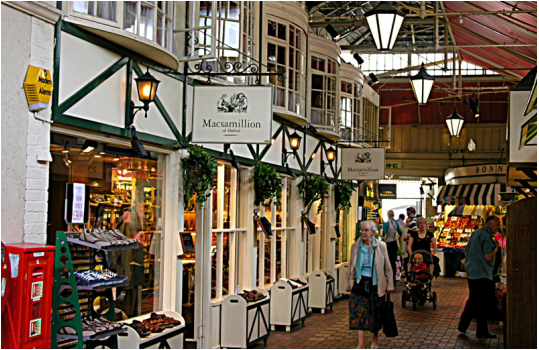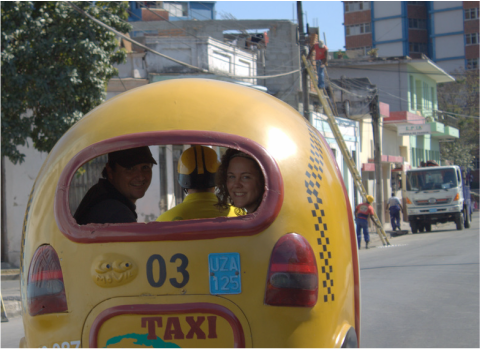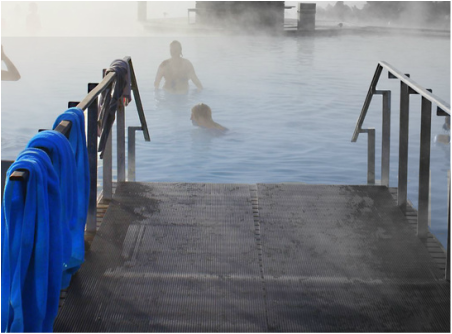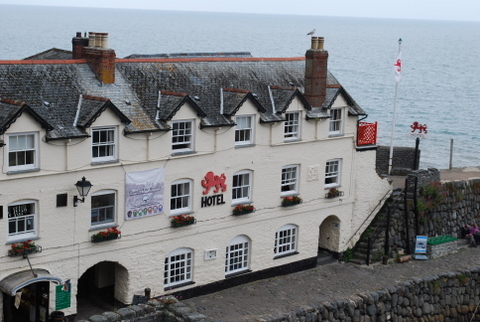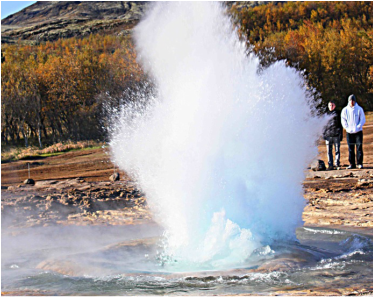COCO CABS - WINGING IT FOR DIRT CHEAP IN SANTIAGO de CUBASantiago de Cuba, Cuba
This is about tourism on the fly - wind in your hair, fly by the seat of your pants tourism where only a few bucks - or in this case, a few pesos - will cover your travel costs for an entire day.
This is also about freedom - go anywhere, do anything, and change your mind on a whim freedom. That’s the beauty of traveling by Coco Cab in the vibrant and historic city of Santiago de Cuba . We’ve all tried those pre-paid and scripted tours. We’ve all shared a lumbering air-conditioned bus with hordes of other camera welding foreigners, listened to pre-packaged tourist friendly renditions of the local history and politics, and been whisked from one major tourist destination to the next. I tried this in Santiago de Cuba because in one sense, they work. They’re fantastic for providing an overview of your destination. But, as we edged back along the narrow streets I knew I hadn’t really seen Santiago de Cuba . Enter the Coco Cab. Bright yellow, and round, Coco Cabs look exactly as they sound. You’ll be riding in a shiny yellow coconut. But - you’ll have the wind in your hair, feel the rumble of Coco ’s engine at your feet, and you’ll enjoy the freedom to really see and experience this vibrant and historic city. Coco took us first to the Moncada Barracks. The whole area seemed largely deserted which belies the huge cultural and political significance of this building for the the Cuban people. The words “26 DE JULIO” atop the building hinted at a story, and our guide filled in the details. At Moncada Barracks on 26 July, 1953, Fidel Castro led a small group of revolutionaries in what would later be considered the start of the Cuban Revolution. While the revolution eventually lead to the end of the Batista dictatorship, this first attack of the “26th of July Movement” was a failure. Bullet holes still riddle the outer walls of Moncada after a battle that saw the rebels out-numbered ten to one. Years later peace reigns and the barren parade ground, host to one lone kite-flier pondering his soaring kite, reveals none of the jarring history of that day. The interior of Moncada Barracks now houses both a school and the 26 of July Historical Museum . We’re off again with a new destination in mind, but Coco is at our disposal and we stop often as photos must be taken. Even in Santiago - the second largest city in Cuba after Havana - the same sights abound as we saw in tiny Chivirico - laundry waving in bright colors, already spotless front steps meticulously re-swept by a smiling grandmother, and everywhere a bedraggled kite soaring high above the city. More stops as a suited gentleman twirls his cane and entertains with magic, then a gaggle of little dancers prance and sparkle their way to some performance in frilled costumes. After plenty of photos, and many waves exchanged with smiling locals, Coco deposited us at the first of three markets. This is the ‘tourist market’. All the usual trinkets are on display - necklaces of shells, beads and bright plastic, maracas, T-shirts with the iconic image of revolutionary hero Che Guevara. Coco was at our disposal, and we made a quick exit with a few shiny trinkets. Next stop was at the 'locals market'. A narrow arch opened into a crowded courtyard. Patched together tents formed a haphazard roof over stands of nails and screws, a leaning tower of kitchen sinks, and buckets of harvested bits of electronics. We were clearly out of place until an ‘Ola’ from the foreigners brought wide grins of welcome from vendors. Now we’re loving the direction our spin around the city is taking us as we fly along the main streets and bump along the alleys to the grocery market. Once a week meat is delivered - today was a slow day for butchers, but the fruit stalls were bustling, with exotic fruits piled in pyramids and ancient scales creaking. After purchasing a fruity lunch - mangos, a papaya and a few mini bananas for next to nothing we bundled back into the Cocos and rumbled off. We wanted a great view of the city, and Cocos daredevil driver in helmet and racing goggles wound her way among the crowds, bumped us over cobbled streets and finally deposited us at the lovely Hotel Casa Granda at the heart of the city. We entered a grand open air terrace where sophisticated and suited foreigners whiled away the afternoon with their compadres and a good Cuban cigar. The bustle of the city and the nearby town square were an integral part of an afternoon on the terrace. We, however, were headed up. At this point a common reality of travel in Cuba became apparent. Our original bookings at Hotel Casa Granda had been canceled due to plumbing problems, and now today, our trip to the fifth floor terrace was by long and winding stair as the elevator was broken. Just “go with the flow” we had been told, and “go with the flow” is what we kept in mind as we headed up. The hike was worth it - the view was spectacular. Five floors was enough to see over most of the city, and the distant Sierra Maestra mountains and sea sparkled in the late afternoon sun. Casa Granda shares the city center with many buildings of the Spanish colonial period and the balustrades and pastel painted stucco in pinks and blues formed a jeweled perimeter around the grand old hotel. A warm glow spread across the scene as the sun crept toward the horizon, and mojitos and a few cerveza buccanero were appreciated by parched and winded travelers. Coco ducked and weaved among the lumbering buses as the darkness of a warm Cuban night descended on the city. We were finally deposited at our hotel with a warm ‘adios’ and kisses on both cheeks exchanged with Teresa before the racing googles were back on and she and Coco rumbled and bumped off into the darkness. Today I felt satisfied that I had really seen Santiago de Cuba . |
TRAVEL DIY WHERE TO STAY Hotel Casa Granda Email | Website | TripAdvisor entre San Pedro y San Felix, Santiago de Cuba 90200, Cuba 53 22 653021 BOOK YOUR TRIP WestJet Air Canada Vacations Signature Vacations Hola Sun Holidays Sunwing Vacations Air Transat |
MORE WORLD TRAVEL:


